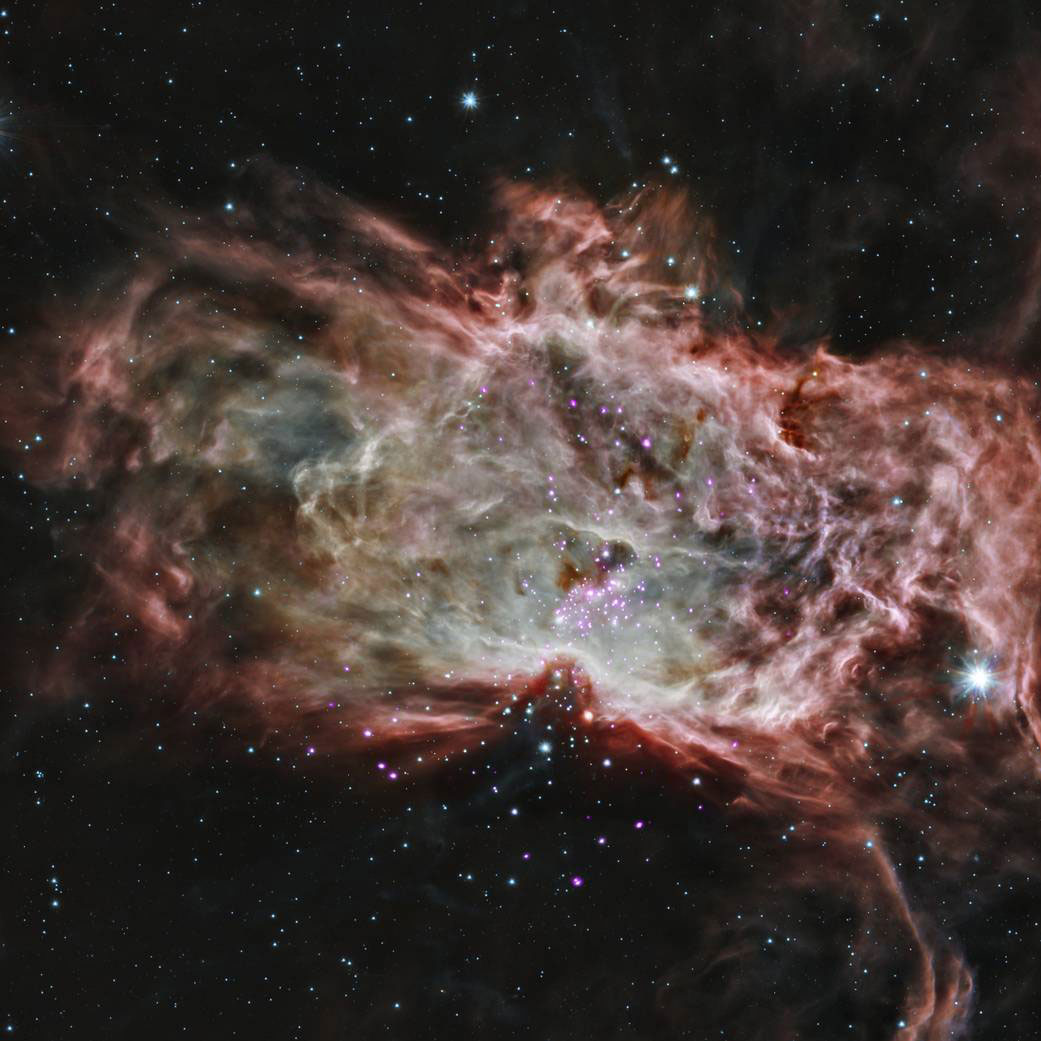
The stars are stars that illuminate us with their glow in the night sky, but their existence is much more complex and amazing than we can imagine. Throughout this article, we’ll explore how these giant balls of gas that populate our universe are born and die.
The Birth of a Star: Seeds in Space
The creation of a star begins in vast clouds of gas and dust called nebulae. Gravity attracts these particles, creating denser regions known as protostellar cores. Here, matter is concentrated and heated due to friction between the particles, generating a nuclear reaction.
Nuclear Fusion: The Spark of Stellar Life
Nuclear fusion is the fundamental process that powers stars. In protostellar nuclei, temperatures and pressures become so extreme that hydrogen atoms collide with crushing force, fusing to form helium. This reaction releases an immense amount of energy in the form of light and heat, giving life to the star.
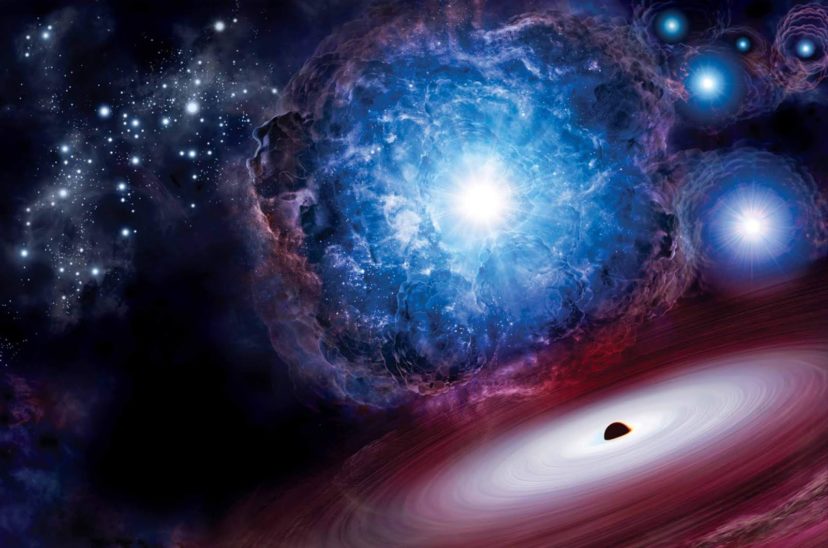
Stage I: The Main Sequence – Luminous Youth
Once the star has ignited its inner fire, it enters the phase known as the main sequence. During this stage, the star finds itself in a delicate balance between the gravity that pulls it inward and the energy released by the fusion that pushes it outward. This constant struggle keeps the star stable and radiant, like our Sun.
Stage II: Subgiant and Giant Evolution
As the hydrogen in the core is depleted, the star changes. The pressure decreases, and gravity takes over, causing the star to contract and heat up again. This causes helium to melt in the core, generating heavier elements such as carbon and oxygen. The star expands, becoming a red giant.
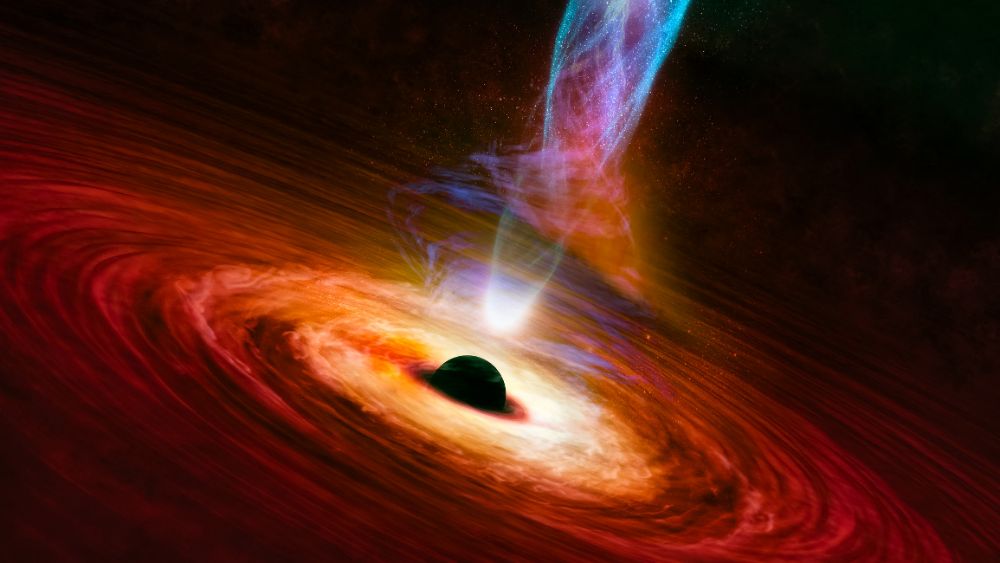
Stage III: The Last Phases and the Fate of the Stars
The red giants are impressive, but their life does not last forever. More massive stars can go through several mergers, creating even heavier elements such as iron. However, there comes a point where the internal struggle between gravity and energy becomes unbalanced. If the star is massive enough, it can explode in a supernova, releasing an incredible amount of energy and giving rise to new elements.
The Legacy of Stars: Neutron Stars and Black Holes
The explosion of a supernova can leave behind a neutron star or even a black hole. Neutron stars are incredibly dense, with a mass similar to that of the Sun but a diameter of only a few kilometers. Black holes, on the other hand, are regions of space where gravity is so intense that not even light can escape.
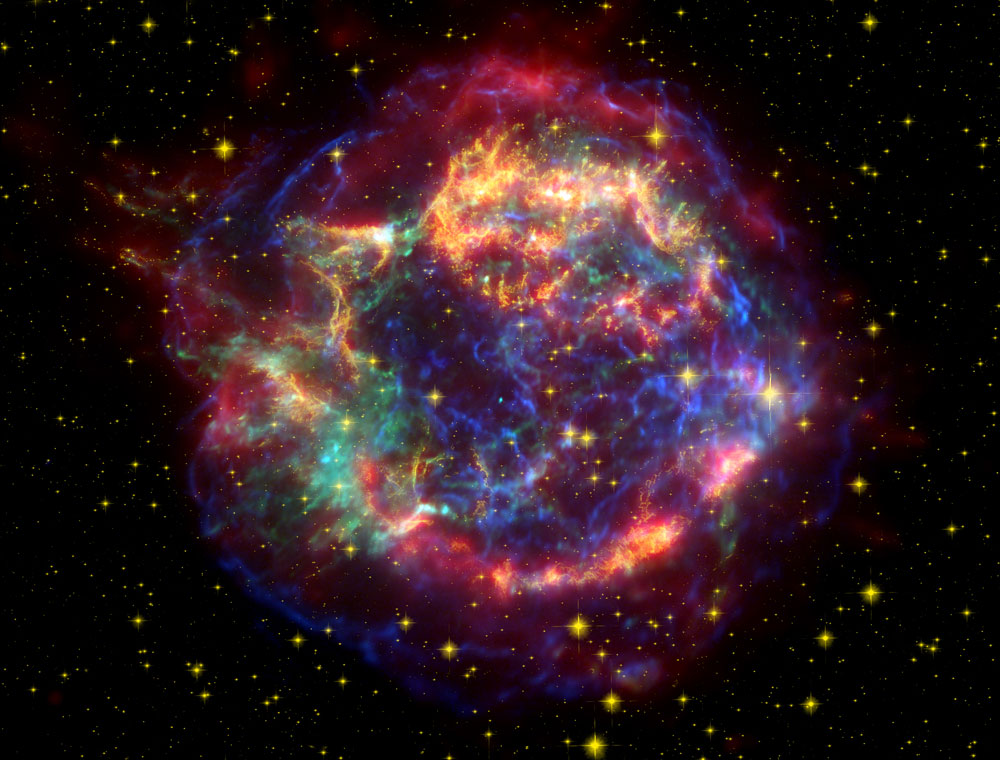
The End of Smaller Stars: White Dwarfs
In the case of less massive stars, such as our Sun, the end is quieter. After exhausting its nuclear fuel, a star expands and sheds its outer layers into space, forming a planetary nebula. What’s left in the center is a small, dense white dwarf that will gradually cool and shut down over time.
Continuous Cycles: New Stars Are Born from the Ruins
The nebulae that emerged from stellar explosions contain the elements created deep within stars. These interstellar clouds compress and collapse once again under the influence of gravity, initiating a new cycle of star formation. Thus, stars are born from the ruins of their predecessors, maintaining the continuous cycle of cosmic creation.
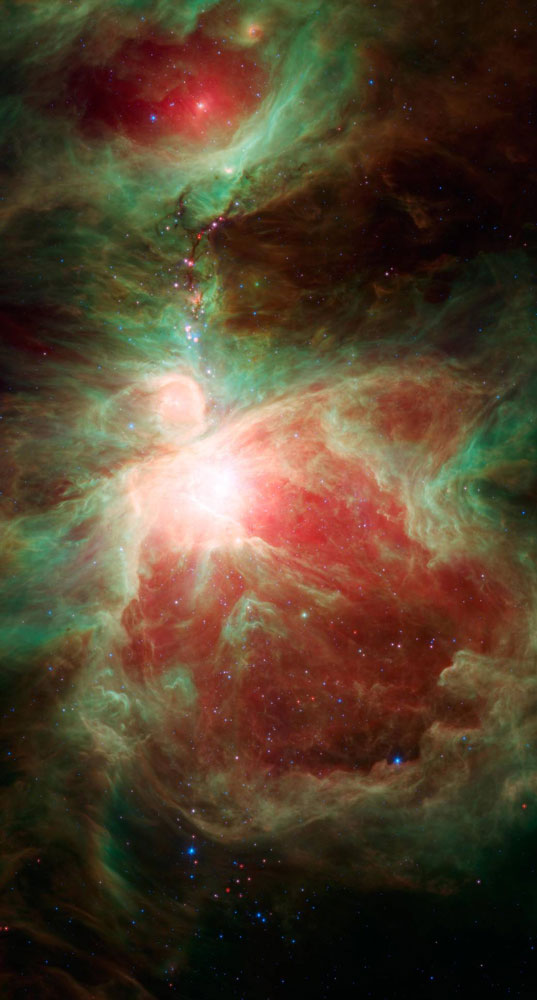
A Cosmic Ballet of Life and Death
The life cycle of stars is a true cosmic ballet, where the forces of gravity and energy fight in a dance that gives rise to the creation of elements, the light that reaches us from millions of years ago and the formation of new solar systems. Each stage is crucial to the balance and evolution of the universe we inhabit.
In short, stars undergo an exciting life cycle, from their birth in nebulae to their explosive death in the form of supernovae or their transformation into white dwarfs. This process of birth and death is essential for the generation of elements and for the evolution of our ever-changing cosmos. Each star has its unique story and its role in the vast cosmic scenery we admire on starry nights.
For more articles like this, click here.
